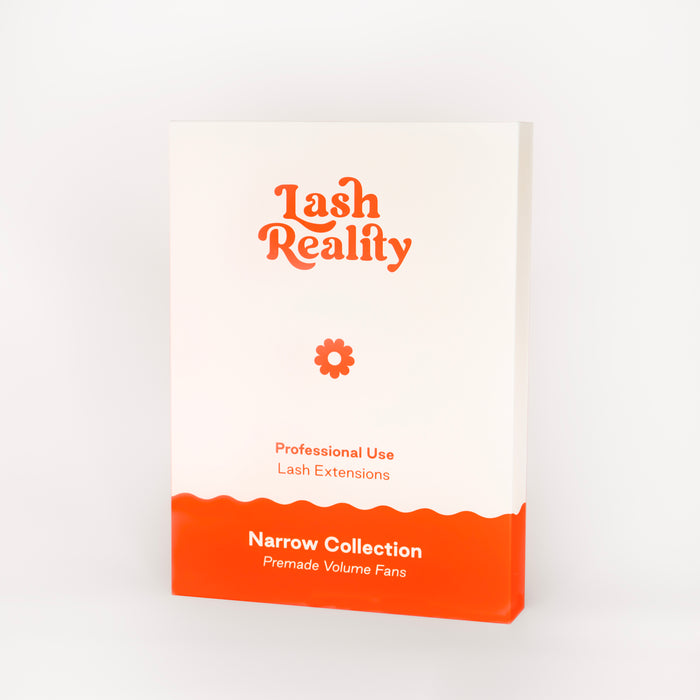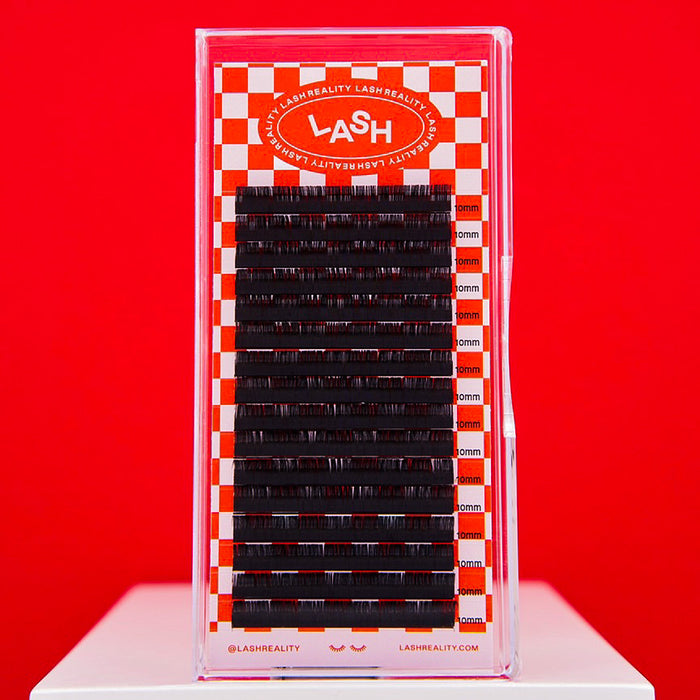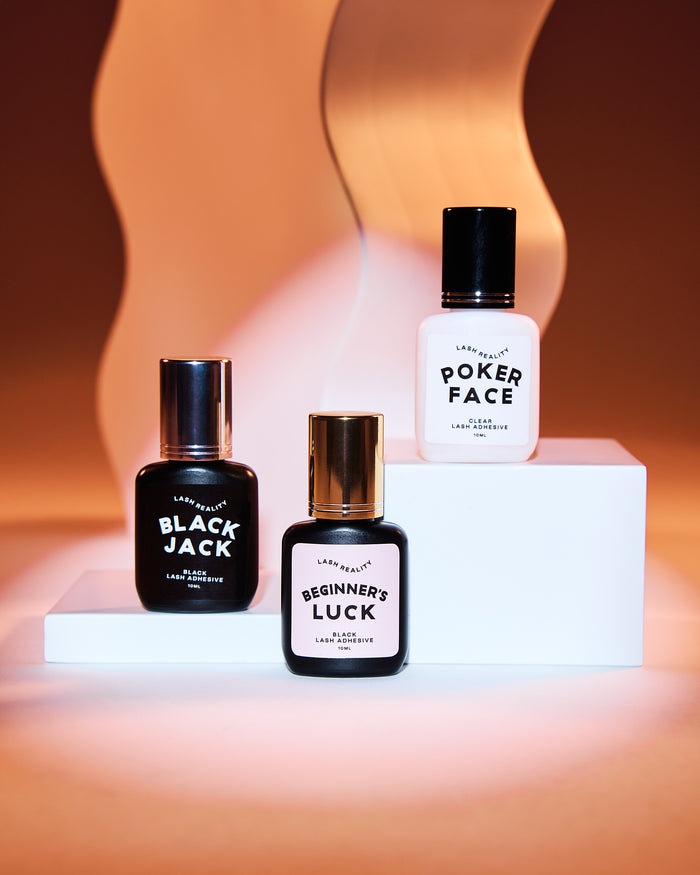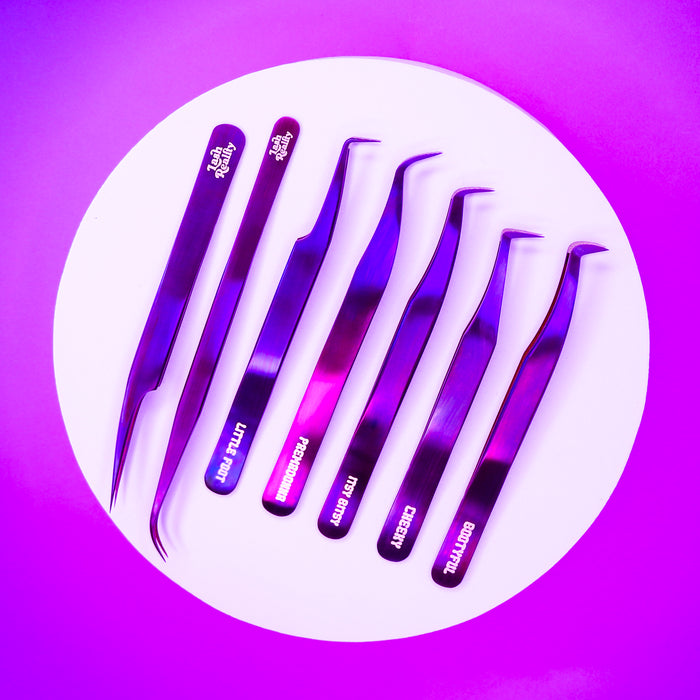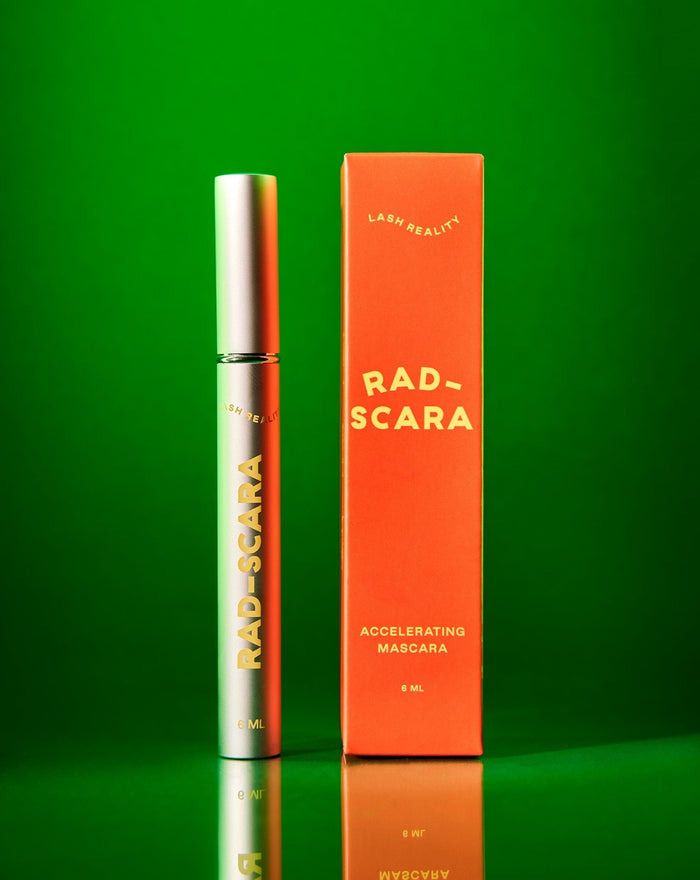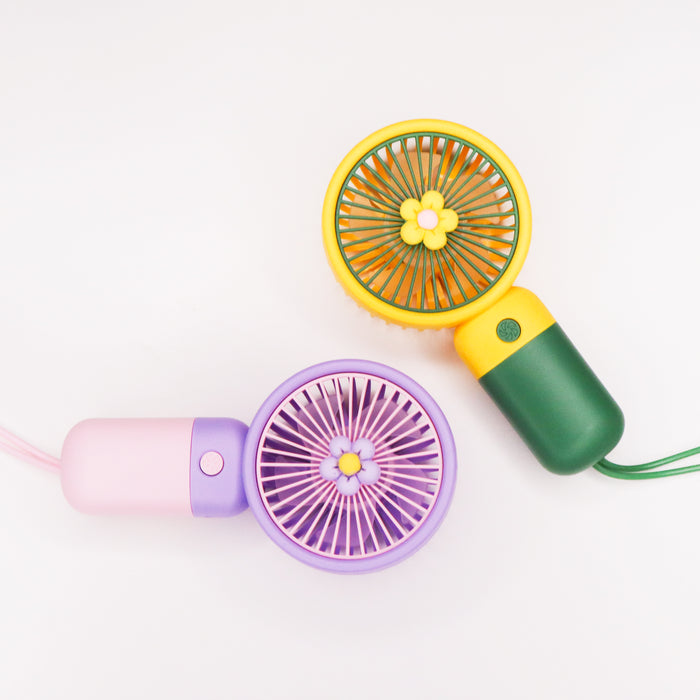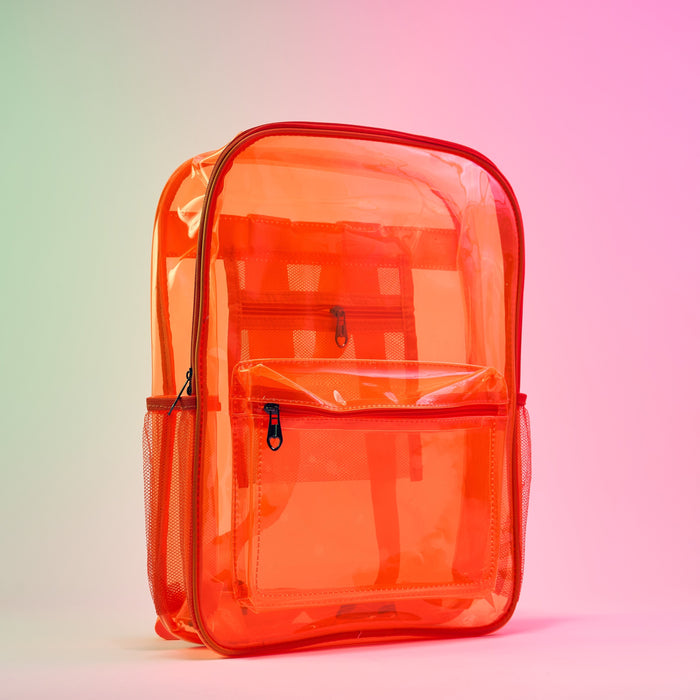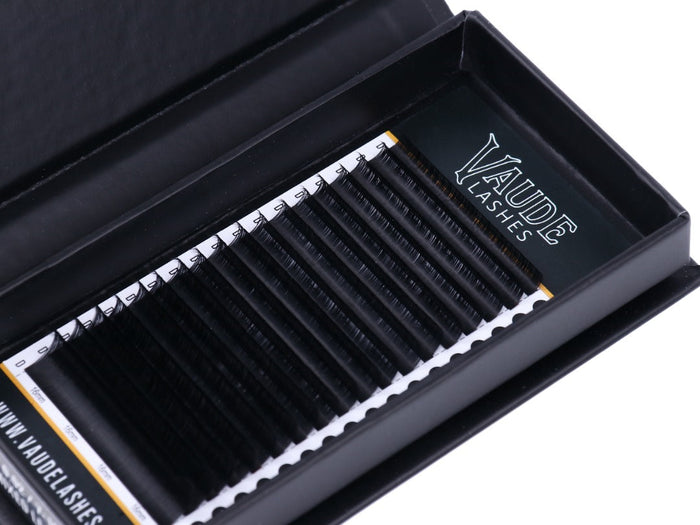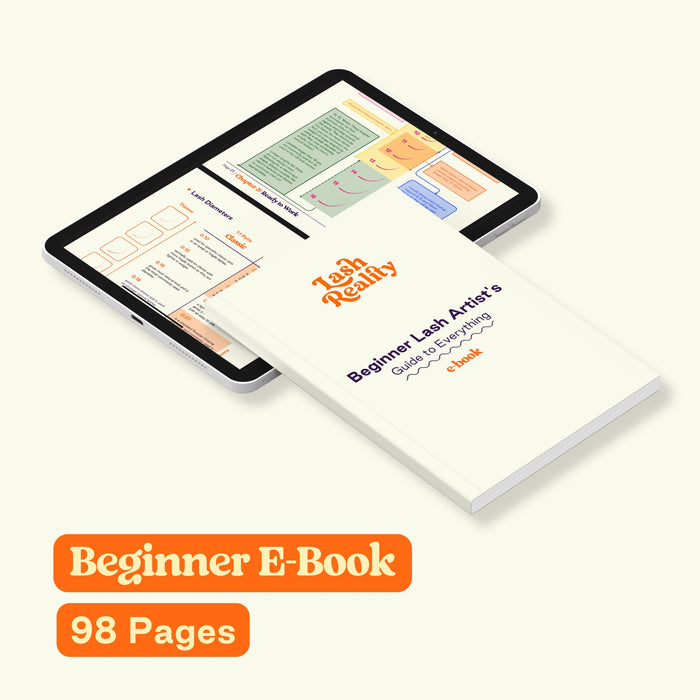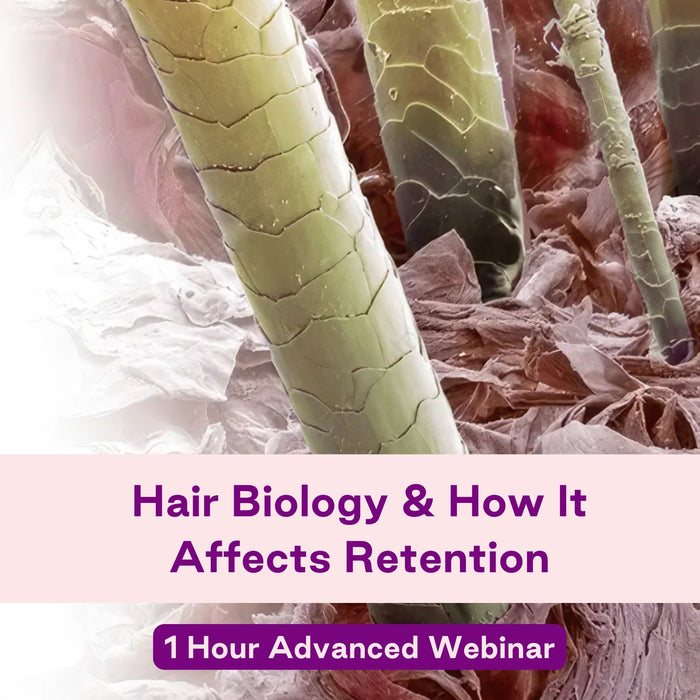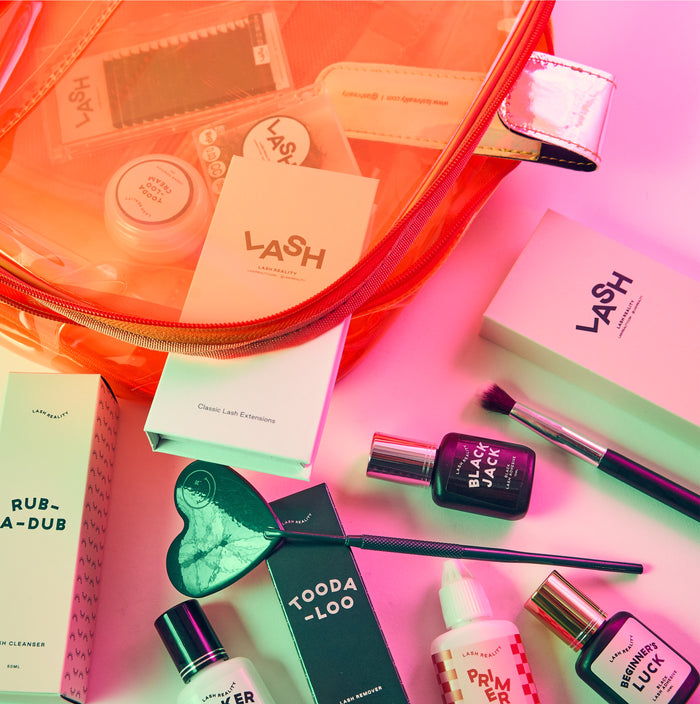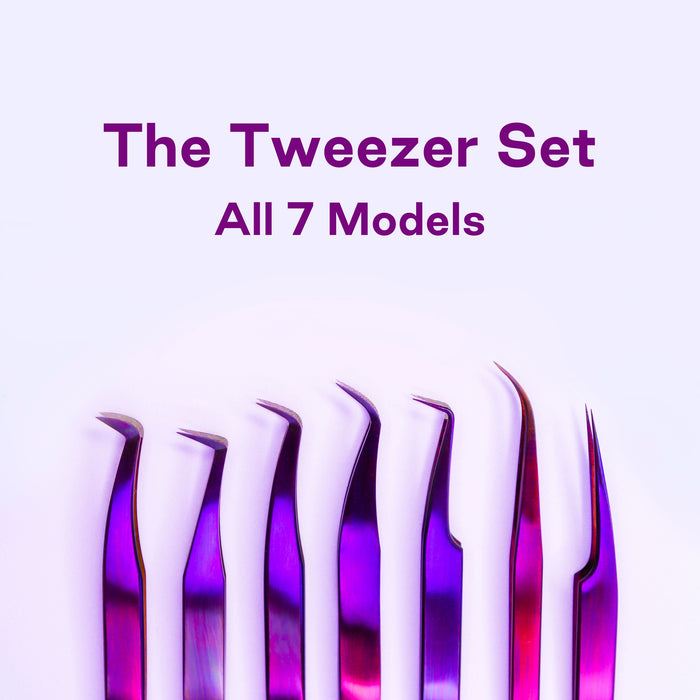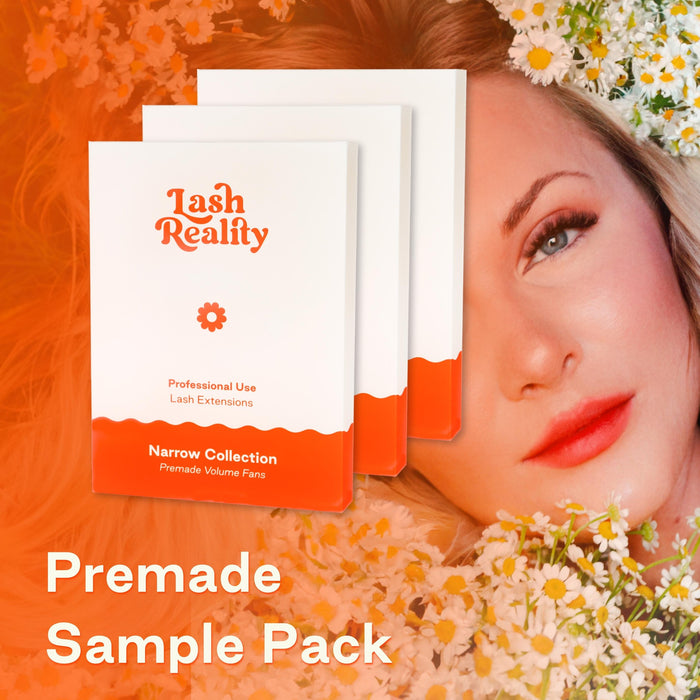
· By Carlee Workman
The Complete Lash Extension Glossary
Like most industries, lashing has its own lingo.
At first, learning these lash words might feel like trying to understand a different language. But we promise, with a little bit of studying and practice, you’ll be using these terms like a pro!
If you’re new to lashing and looking to learn the language, here are all the lash extension words explained:
Adhesive
A product used to attach lash extensions to the natural lash. Unlike regular lash glue, adhesive should not be applied directly to the skin. It is much stronger than the lash glue used for strip lashes, and it should only be used by professionals.
Base
The “base” of the lashes refers to where the lashes start to grow from the lid.
Bond
This refers to how the extensions are attached to the natural lash. A better bond means the lashes will last longer.
Burping
Exposing adhesive to the oxygen in the air can shorten its shelf line. When this happens, you might notice a thick and gummy consistency or a clogged bottle. To prevent this, lash artists gently squeeze the glue bottle after use to get rid of air bubbles, also known as “burping” the bottle.
Classic Set
A style of lash application where a singular extension is applied to each natural lash.
Crystalizing
A process when making fans that hardens the adhesive just enough so the fan stays put together and does not close during application. To do this, dip the fan into adhesive and pinch it or swipe it against a glue ring.
Cure
Curing is when all of the adhesive, from surface to center, hardens. This takes longer than the drying process and can be sped up using a nebulizer.
Curl
In lashing, there are various curl types, meaning different angles at which the lashes extend from the eyes. Different eye shapes are flattered by different curls. To learn more about curl types, read How to Choose the Right Curl Type for Lash Extensions.
Cyanoacrylate
The main ingredient in all eyelash extension adhesives.
Diameter
The width of a lash extension. The larger the diameter, the thicker and heavier a lash will be. Lash diameters typically range from 0.02 to 0.25.
Dimension
Represents the D in volume lashes. For instance, if you have a 7D fan, that means there are 7 individual extensions in a fan.
Dry time
A reference to how quick or slow an adhesive dries on the surface. Most adhesives have a 1 to 3-second dry time. This is not to be confused with cure time, which can take much longer and involves the entirety of the adhesive hardening.
Fill
A service that lash artists perform when some extensions have fallen out and new ones need to be applied in order to create a complete, fuller-looking set. Fills should be done every 2 to 3 weeks. If a client goes longer and a majority of the extensions have fallen out, the lash artists should do a full set.
Full-Set
A service that lash artists perform where new extensions are applied to every lash.
Handmade Fans
As the name suggests, handmade fans are created individually by the lash artist. Most commonly, this is done during the client’s appointment. To create them, the artist will take individual lashes, pinch them together in the shape of a fan and lightly dip it into adhesive. Once the fan is dipped in adhesive, it’s time to attach it to the base of the natural lash. If done correctly, the volume fan should be fully wrapped around the natural lash for the best retention.
Hybrid
A combination of a classic and volume set, meaning some lashes receive a singular extension applied to it, while others have fans (or groups of lashes) applied to them. Hybrid sets are growing in popularity for their wispy, but glam look.
Hypoallergenic
Products that are unlikely to cause an allergic reaction.
Isolation
The process of separating an individual lash from the ones next to it so the artist can better apply the extensions.
Lashline
Refers to the natural row of lashes that extend from your eyelids. Most people have 4-5 layers of lashes.
Length
Lash extensions are measured in millimeters and on average, they range from 4mm to 25mm.
Mapping
A method used by lash artists prior to application that helps plan out the shape of a set and the tools needed to complete it.
Microswab
These are disposable eyelash cleaning brushes. Microswabs can be used to apply removers and primer.
Mink
In lashing, mink refers to the hairs used to create lash extensions that are sourced from the animal, minks. Because they use real hair, mink lashes give a fluffy, ultra-natural appearance. In recent years, the popularity of mink lashes has dwindled as society has shifted to more earth-friendly practices. Those who have ethical concerns may decide against mink lashes. Similarly, if you have an allergy or sensitivity to animal fur, you should not consider them. Mink lashes are not hypoallergenic nor cruelty-free.
Nebulizer
A tool used during application that helps cure the adhesive by misting nano-droplets of water on the lashes. Shop our best-selling nebulizer here.
Patch test
A method for testing for skin allergies prior to applying a product. Patch tests ensure clients’ safety that in case they are allergic or sensitive to a chemical, they don’t have a full-blown reaction.
PBT
The most commonly used material for lash extensions. PBT stands for polybutylene terephthalate, which is a type of plastic. Just like any material, the quality ranges, and it can be used in different ways. PBT lashes are popular because they are lightweight, hypoallergenic, resistant, and hold curls incredibly well. The variety of styles and finishes also entices many artists to choose PBT as their fiber of choice. Learn more about lash extension materials here.
Premade fans
Our favorite thing on the planet! Premade fans are made in advance by lash extension suppliers and are ready to use out of the package. The bases of the fans are either glue-bonded or heat-bonded. For many artists, premades save time, cut costs, and help develop their volume technique. We cover everything you need to know about premade volume fans here.
Promade fans
These are made by the lash artist in advance and saved for later to cut down appointment times.
Primer
A liquid that removes oil from the natural lashes to allow for a better bond. In lashing, primer is used after cleaning the lashes, but before applying the extensions.
Retention
How well and how long the eyelash extensions stay adhered to the natural lash. The better retention = the longer the lashes last. On average, lash extensions last 2 to 3 weeks before needing a fill. Want to improve your retention skills? Check out our article How to Solve Poor Lash Retention.
Sealer
Sealer is used at the end of service to coat the adhesive. It helps protect the bond from oils and moisture, as well as extends the life of the eyelash extensions.
Shock Polymerization
Also called “shock curing,” this is when too much moisture or water hits the adhesive and it turns white. To prevent this, use a nebulizer, which spray nano-droplets of water on the lashes.
Silk
A material used to create some lash extensions. Unfortunately, most manufacturers use synthetic silk fibers, which can vary in quality. However, true silk lashes have many pros, such as being hypoallergenic, lightweight, and durable.
Stem
The base of your fans is called the stem. Different styles will impact the end results of your set. For instance, short stems will create a fluffier look, while sharp stems have a snatched base that will create an ultra-dark lash line. Learn more about premade volume fans and stems here.
Strip Lash
Unlike lash extensions, strip lashes can be removed nightly. They are applied using a non-professional lash glue (not to be mistaken for lash adhesive) and can be worn daily. We cover the differences between lash extensions vs. strip lashes more in-depth on our blog.
Stickies
If lashes are not properly isolated, they can be accidentally glued together and create what is known as “stickies.” Learn more on how you can avoid stickies and improve lash isolation here.
Tape
Lash tape is used to help isolate the lashes, cover the bottom lashes, and maneuver the eyelid. Compared to regular tape, lash tape is breathable, flexible, and eye-safe.
Tweezers
A lash artist’s greatest tool! These are used to help isolate the lash and apply the extensions. Tweezers come in a variety of shapes and sizes. You can shop our entire collection of high-quality lash tweezers here.
Viscosity
Refers to the consistency of a lash adhesive. The thinner it is, the quicker it will cure.
Volume Set
A style of lash application where multiple extensions (known as fans) are applied to each individual lash. Fans can be in groups of 2 all the way to 14 or more.
Waterline
The upper and lower rims of the eyes that separate the lashes from the eye itself.
Have any additional questions? We’re happy to help! You can contact us here. We’d also love for you to follow us on Facebook and Instagram to stay up-to-date on the latest Lash Reality news and products.

